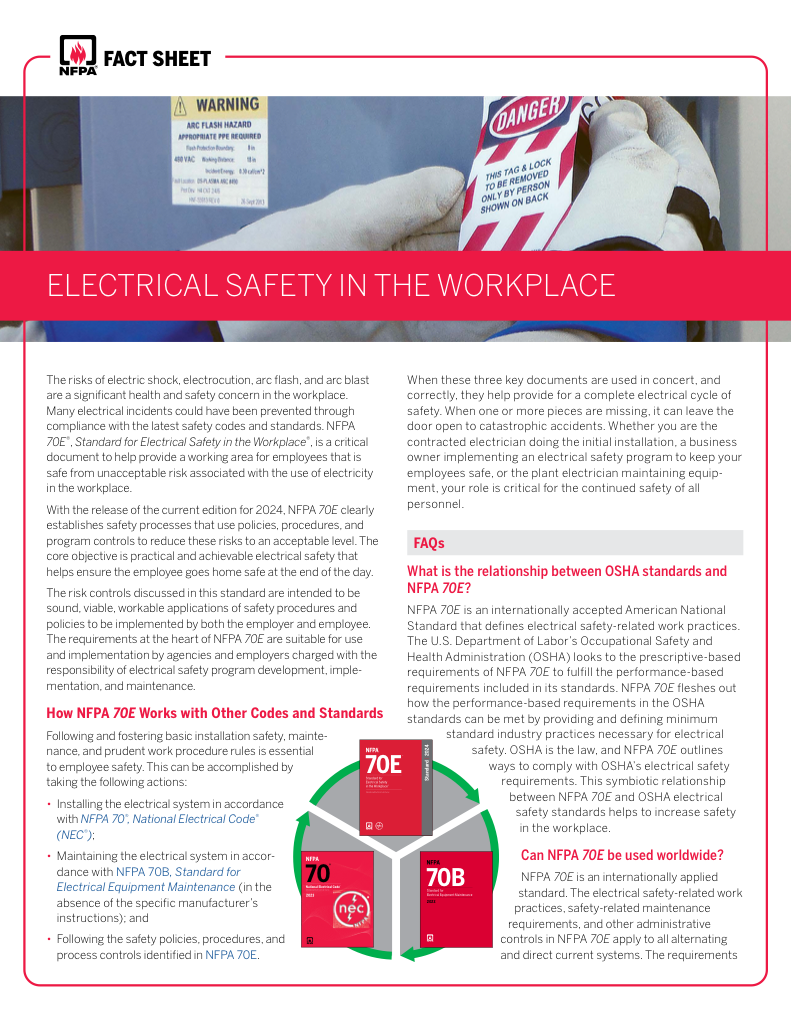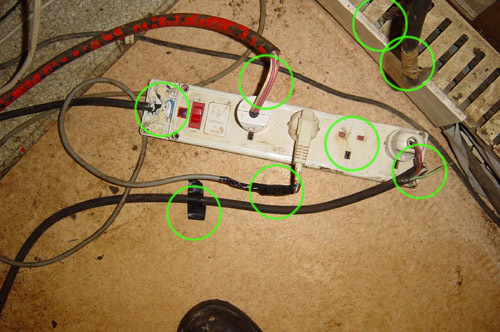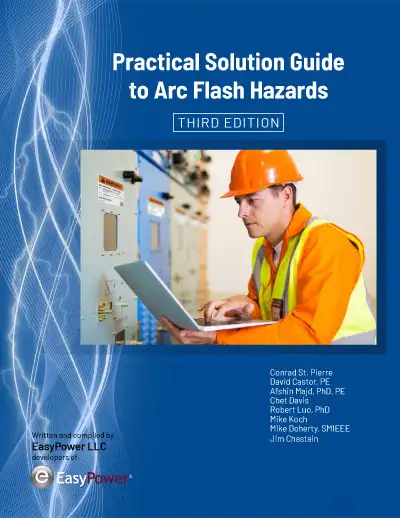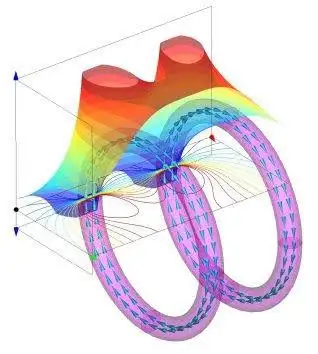Copper Wire Theft
By G Fox, Editor, The Electricity Forum

Download Our NFPA 70E Fact Sheet – 2024 Electrical Safety Edition

- Understand how NFPA 70E works with NEC and NFPA 70B standards
- Clarify the shared responsibility between employers and employees
- Learn how NFPA 70E supports OSHA compliance
Copper wire theft disrupts electrical infrastructure, targeting utilities, substations, and grounding conductors, risking transformers, power outages, voltage instability, and arc-flash hazards; mitigation includes surveillance, tamper-resistant hardware, asset tracking, and rapid incident response.
What Is Copper Wire Theft?
Unauthorized removal of copper conductors from electrical systems, causing outages, safety risks, and costly repairs.
✅ Targets grounding, feeder, and control conductors at substations.
✅ Impacts reliability: faults, voltage drop, and nuisance tripping.
✅ Mitigation: CPTED, tamper-proof enclosures, fiber alarms, GPS tags.
DANGEROUS, EXPENSIVE, A THREAT TO RELIABILITY
Dangerous
Each and every year, thousands of copper wire thefts occur across North America that not only putting the safety of the thief at risk but emergency responders, utility workers, and local residents.
This ultimately results in power outages, increased costs to utilities that are ultimately passed on to taxpayers, injuries, and in some cases, even deaths.
Expensive
Copper wire theft costs the electricity sector are significant. Estimated by stealthmonitoring.com copper thefts have tripled within the last 5 years.
With copper pricing over $200US, the amount of copper stolen now exceeds $1 billion US annually.
Like all consumer-based sectors, these costs are eventually passed on to the tax payers through higher electricity bills.
The costs are even greater when the downstream impacts on other sectors, including telecommunications and construction, are considered. For additional context on infrastructure targeted by thieves, see underground copper transmission systems and the reliability risks they face.
Copper wire theft also threatens the reliability of the electricity system that the North American public and businesses count on every day. While power outages are inconvenient for families,
they can also jeopardize critical infrastructure, disrupting vital services such as emergency care in hospitals.
The CEA – the voice of electricity in Canada – has release its policy paper on copper wire theft
(SECOND EDITION RELEASED JANUARY 2015). The paper,
Copper Theft from Canada’s Electricity Infrastructure: Dangerous, Expensive and a Threat to Reliability,
highlights the serious impacts of copper theft and outlines four detailed recommendations to deter the theft of copper across the country.
Test Your Knowledge About Wire and Cable!
Think you know Wire and Cable? Take our quick, interactive quiz and test your knowledge in minutes.
- Instantly see your results and score
- Identify strengths and areas for improvement
- Challenge yourself on real-world electrical topics
Emerging trends show that renewable assets are not immune, as detailed in this analysis of wind turbine theft affecting remote installations.
Back in Sept. 15/2008 in an Intelligence Assessment prepared by the FBI Criminal Intelligence Section published Copper Thefts Threaten US Critical Infrastructure, https://www.fbi.gov/stats-services/publications/copper-thefts
For communities and responders seeking practical guidance, this overview of electricity safety consolidates best practices for hazard awareness and incident prevention.
About copper wire theft
A rise in scrap metal prices is making copper attractive to thieves. Utilities and contractors can also reduce losses by following rigorous cable handling and testing procedures that improve inventory control and traceability.
- Electric power substations, utility poles and vacant homes and businesses are all targets for thieves.
- Ground wires are routinely target by copper thieves.
Safety concern
Live energized Substations targeted by copper thieves are growing areas of concern, as high-voltage equipment should only be handled by trained professionals. Reinforcing workforce competence with up-to-date electrical safety training further mitigates the risk to personnel and the public.
During repairs and upgrades, identifying wiring that isn't OSHA certified helps prevent code violations and avoid unsafe conditions.
- Thieves often cut holes in fencing to enter a substation. This creates a potential hazard for not only the public, but specifically small animals who already cause problems in many outage situations by entering the substations.
- Electrical personnel who work in substations are a potential injury concern, as they could come into contact with ungrounded equipment.
- When ground wires are removed, usually part of the wire is left hanging. High winds often blow wires around and cause damage to equipment and cause power outages.
- Ultimately, the copper thieves are putting their own lives at risk.
Tips to Help Stop Copper Wire Theft.
- Common targets for copper wire theft are construction sites, farming equipment, and electric utility property. If you notice suspicious activity around one of these copper theft targets, notify authorities. Do not try to intervene yourself.
- If you are responsible for a construction site or farm, properly secure your property. If you have large quantities of copper, you may consider a tracking device that can help locate your copper if it is stolen.
- Store tools and wire cutters in a secure location, and never leave them out while away.
- Help spread the word about the dangers of copper theft.
- If you notice anything unusual with electric facilities, such as an open substation gate, open equipment, hanging wire, etc. contact your electric utility immediately.
- If you see anyone around electric substations or electric facilities other than utility personnel or contractors, call the police.
Facility managers can strengthen controls by adopting industrial electrical safety programs that align security measures with maintenance workflows.








